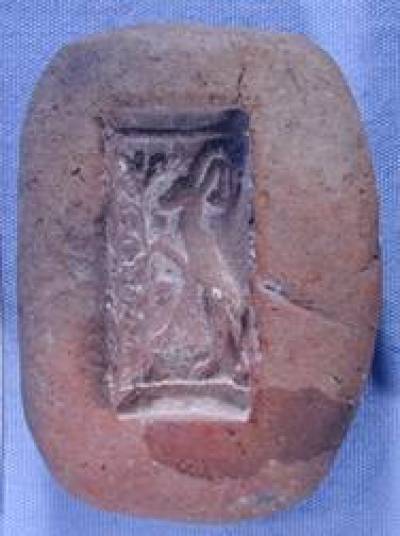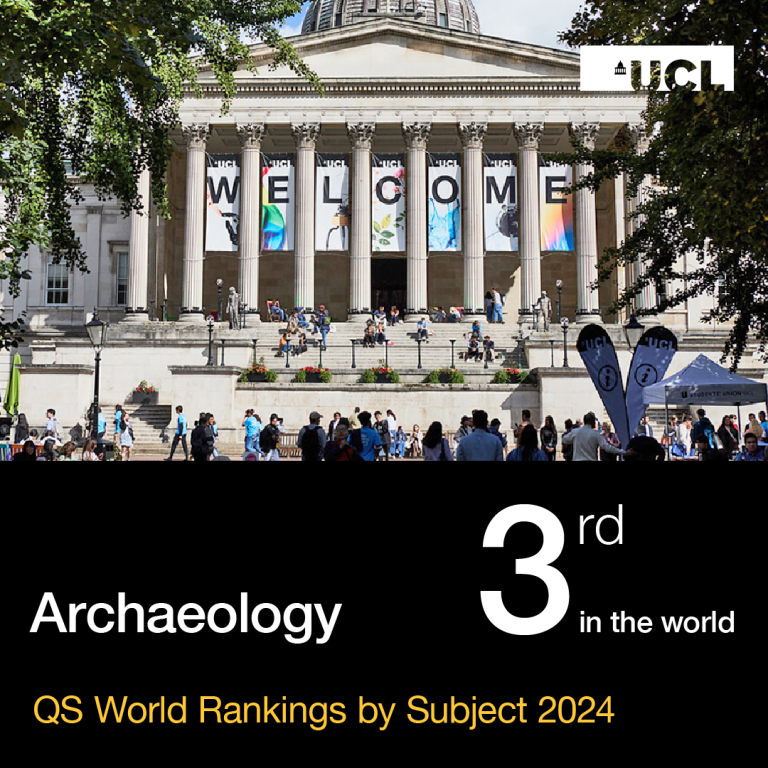This theoretical object-led core-course based at the Petrie Museum explores the contemporary and largely Eurocentric perceptions and investigations of 'Ancient Egypt'.

The course starts from its definition as the material, verbal and visual self-expression of a language-community. On this definition, core temporal and spatial borders of the remetj-en-Kemet "people of Kemet"/ "Egyptians" may arguably be drawn by the time-span of their joint hieroglyphic script and canonical art; these were developed towards 3000BC, and remained media of state-sponsored monumental architecture into the third century AD. With a focus on this time-space frame, the course shifts in focus from global to regional to local themes, and tests theoretical propositions in archaeology and history against objects selected from the 80,000 objects in the Petrie Museum. This experimental object-deployment is intended not to illustrate, but to contest, engaging with a conception from Walter Benjamin of past material as explosively transformative. The online resources of the Petrie Museum are used as foundations for student presentations: the fully illustrated catalogue of all 80,000 objects and the support learning website Digital Egypt for Universities illustrated by objects in the collection.
Course Outline:
Part One: Politics of Perception - global horizons
- Egyptology past, present, future: institutions and media
- Egypt in London: colonial and anti-colonial frames for archaeology, Egyptology and the museum
- Cross-cultural hierarchies in figurative/non-figurative material production
- Civilizing modern and past peoples: surveying, translating
- Imaging the past: the virtual
Part Two: Drawing boundaries in space and time - regional horizons
- drawing the line: historiographical ruptures
- 'centre, region, periphery' in archaeology and history and Gramsci time-space blocks
- Bronze Age and Iron Age in Egypt
- form and style in material cultural change
- secular times
Part Three: Hegemony: social power and inequality - local horizons
- land and power
- social class and structural constraints
- institutions of unity and division: writing power
- ethnicity at local level
- impact of empires and the modernity claim
Part Four: Hegemony: social power and inequality - bodily horizons
- ageing and sexing the archaeological record
- gender in architecture
- physical abilities
- regional reach
- metaphysics of the object as multi-personal identifier
Aims of the course
- To introduce students to new potential and constraints for Egyptian archaeology as a self-critical, socially engaged, comparative 'area-study'
- To introduce students to recent developments in theory and practice in the study of the ancient Egyptian past
- To develop critical faculties in discussion, debate and evaluation of alternative interpretations and perspectives on ancient Egypt
- To develop a range of research-oriented skills appropriate to Egyptian archaeology
Objectives
- On successful completion of this course a student should:
- Be able to discuss obstacles to contemporary understanding of ancient Egypt
- Be familiar with, and able to comment on, the chronological and geographical terminology current in study of ancient Egypt
- Understand practical and ethical issues of direct encounters with material from another time and place
Learning Outcomes
On successful completion of the course students should be able to demonstrate:
- An ability to criticize and evaluate quality of evidence and interpretation in current research in Egyptian archaeology
- awareness of the broader context as well as outline of the empirical content of chosen specialised fields within Egyptian archaeology
- An ability to design an original research project in this field
- An ability to lead a theoretically-engaged object-handling seminar or class to ethical guidelines
Teaching Methods
The course has nineteen two-hour seminars and one museum visit. Except the first (introductory) and last (evaluative) meetings, and the museum visit, each session will comprise: (1) student presentations of essential reading for that week; (2) initial reading-based seminar discussion (3) critical review through artefact study (object handling session in classroom), (4) developed seminar discussion. Seminar presentations do not affect the final mark. Objects for handling can be examined both in their physical presence and in their virtual lives as illustrated entries in the online collections database and learning-support website giving background and further reading.
Course information
- Code: ARCL0136
- Credits: 15
- Coordinator: Stephen Quirke
- Prerequisite: This course does not have a prerequisite, however, if students have no previous background in Egyptian Archaeology, it would be advisable for them also to attend (but not be assessed for) the undergraduate course ARCL0020 Archaeology of Ancient Egypt, to ensure that they have the background to get the most out of the Masters level seminars in this course.
- Handbook:
For registered students
- Reading list:
Availability
- Not running in 2023-24
 Close
Close


